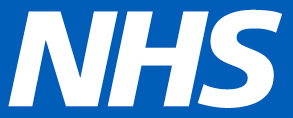
Stay Safe on Public Wi-Fi
Free public Wi-Fi is widely available in places like cafés, hotels, train stations, and on public transport. Although it’s convenient, it can also pose serious security risks—especially if you're accessing sensitive information.
A recent study by cybersecurity company NordVPN found:
-
70% of UK commuters use at least one device during their journey.
-
28% of UK commuters are using their travel time to do work related tasks.
-
13% of UK commuters take no steps to protect their data on public Wi-Fi.
Fraudsters can easily create hot-spots which are designed to look like legitimate free wi-fi networks. If you connect to one of these in error, your data and device can become compromised.
If you’re accessing work systems or info on public Wi-Fi:
- Make sure you are following your organisation’s policies and procedures. If in doubt, contact IT before connecting to an unknown network.
- Check that your work device has an approved VPN installed and make sure you know how to activate it. If you're unsure, contact your IT team.
- Avoid logging into confidential NHS systems or work platforms unless absolutely necessary. Consider whether it’s appropriate to access that information in a public setting where someone could see it.
If you’re using your personal devices:
- Avoid sensitive transactions: don’t log into your online banking, personal email accounts, or health apps on public Wi-Fi unless you’re using a VPN.
- Use a reputable VPN. Download a trusted VPN app from your phone or tablet’s official app store for added protection.
In all circumstances:
- Add two-factor authentication to your accounts for extra protection.
- Make sure you install the latest security updates for your devices.
- Some devices automatically connect to any available Wi-Fi without asking permission. You can turn this feature off in the settings menu.
- Use strong passwords: create unique, complex passwords or use a password manager.
- Lock your device: use a password, PIN, or biometrics to protect your device
Other useful articles can be found in our Counter Fraud Newsletters on the Publications page.
